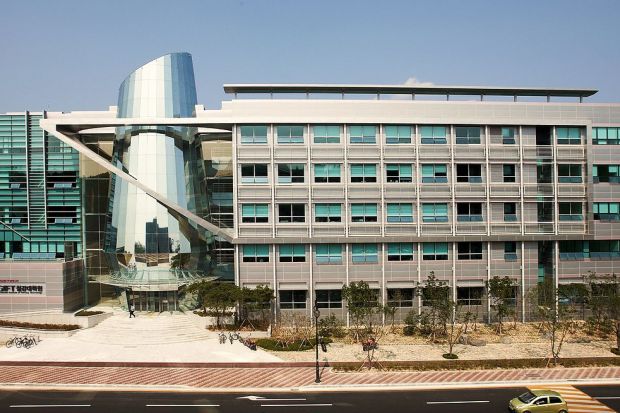POSTECH: Investigating Protein Aggregation Using Synthetic Cells
Although modern medicine has advanced time after time, there remains a disease that is yet to be fully understood. It is the Alzheimer’s disease – also called dementia – and though protein aggregation has been identified as one of the leading causes, its exact progression has been difficult to observe. Recently, a Korean research team has used synthetic cells to conduct a systematic investigation of the process of protein aggregation in cells, which had remained under wraps.
A joint research team of Professor Kimoon Kim (Director of Center for Self-assembly and Complexity, Institute for Basic Science), Ph.D. candidate Hong-Guen Lee, Professor Young-Tae Chang (Associate Director of CSC) of the Department of Chemistry at POSTECH and Professor Kyeng Min Park (former group leader at CSC) of Daegu Catholic University School of Medicine, has verified the process of protein aggregation using synthetic cells.
Reccognized for the potential to gain insight into the exact cause of Alzheimer’s disease, the findings from this study have been published in the Journal of the American Chemical Society, a top chemistry journal.
Many studies have established that aggregation of amyloidogenic proteins cause neurodegenerative diseases such as Alzheimer’s disease, but systematic invetigations have remained a challenge mostly due to the lack of proper molecular tools. This is because protein aggregation is an uncontrollable and contagious process that is often associated with lipid membranes in a highly complex physiological environment.
To alleviate this issue, the researchers fabricated synthetic cells by mimicking the physiological environment of an aged or a stressed person, and confirmed that the protein aggregation occurs in this environment. By mimicking various cellular environments, such as organelle and cell tissue models that contain multiple cells, the researchers also verified the effects of protein aggregation on cells in each environment.
The researchers have also observed the propagative effects of protein aggregation in a mixed environment where synthetic cells and natural cells were concurrently used. This demonstrates that protein aggregation research using synthetic cells is indeed a good model for observing the accumulation of protein aggregates and their interceulluar and intracelluar propagation.
This study was conducted with the support from Institute for Basic Science (IBS) and from the National Research Foundation of Korea.

